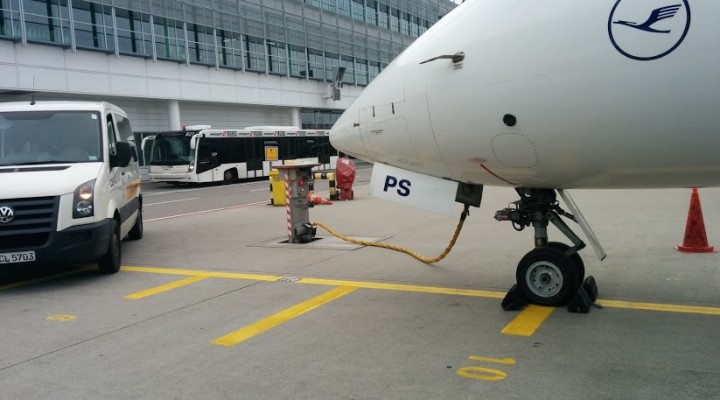
Summary: Optimal testing and charging procedures lead to longer battery life and a more stable voltage output.
One of the major issues that aviation enthusiasts continuously run into is an inconsistent battery. Now, to be fair, it’s not entirely the aviation battery’s fault. Many folks just don’t understand them or know how to properly, and safely, test them. Furthermore, with so many things requiring a battery to use, people like to assume that every battery is essentially a throw-away item after a designated amount of uses. This article will discuss how proper charging and testing can improve the overall life of your battery, or airplane starting unit.
Some Background Information
Batteries tend to store electricity in a chemical form and are fully dependent on the reaction between the lead plates and the electrolytes. The energy is then stored in each cell and becomes discharged when the battery draws power from an external source. The battery itself will not create electricity, so the amount of energy that’s stored within the battery must be placed there through charger, or a portable power pack. At any rate, a battery can be slow-charged or rapidly charged to promote the health of the battery itself. It all depends on how you go about doing this process.
Charging Tips
A long and slow charge is ideal for most aircraft batteries due to the fact that it can compensate for temperature, conditioning of the battery, and affect the overall rate of charge. Doing so will increase the lifespan of your battery. Chargers that are designed especially for aviation batteries allow for a much larger concentration of electrolytes that are utilized. Furthermore, they charge at a much lower rate than automotive chargers and are more regulated in regards to the voltage. Your standard 24 volt power supply, when charged correctly, can optimally create a supplemental stream of power that will promote positive battery health – as well as prevent you from having to purchase another battery in the near future. Normally, a solid eight to ten hours is ideal for a full charge. You’ll know when your battery is charged through the use of a hydrometer. However, do this only when the battery has been sitting at room temperature for a good 12 hours. Temperature variations may give out false readings. And, if you’re looking for accuracy, this is the best way to go about doing it.



